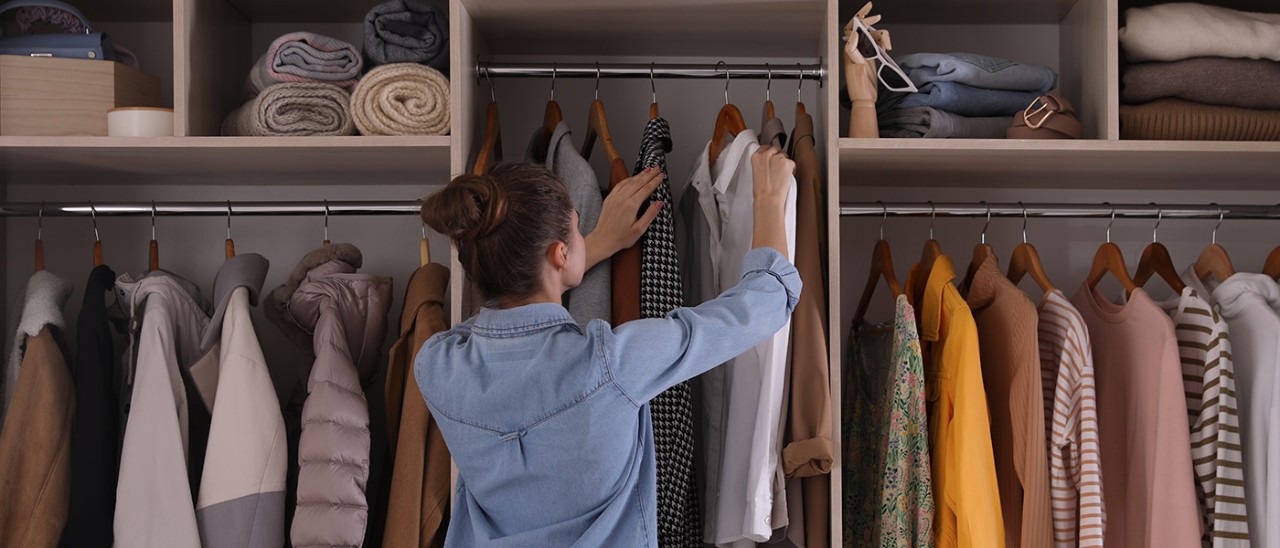Underinsuring your home might be one of the biggest and costliest mistakes you could make. Here's how to help avoid underinsuring your home and contents.
How much are my clothes worth and what the average Australian spends

Australians spend on average around $2200 a year on clothing and footwear, which means our wardrobes are holding valuable items. Here’s a guide to estimating how much your apparel is worth to assist with any potential insurance claims.
Australia has one of the highest per-capita apparel consumption rates worldwide, with each consumer expected to buy an average of 64 clothing items in 2025. The average weekly household spending on clothing and footwear is $44 a week or $2288 a year, according to the Australian Bureau of Statistics.
Of course, some people spend more than others, but over time our wardrobes can end up holding clothes that add up to a significant amount in total value. Across an average Australian household, the combination of school uniforms, work clothes, activewear, formal attire and so on – whether it’s the latest women’s or men’s fashion trends or not – could be worth much more than you ever imagined.
In the unfortunate event of a burglary, fire, flood or other disaster that destroys items in your home, having a detailed list of your contents and valuables, including clothing, accessories and footwear, can help ensure you’re well prepared should you make a claim following an insured event.
Follow this guide to estimating the value of your wardrobe.
Your home insurance questions answered
How much are your clothes worth?
Creating a detailed record of the clothes and other items in your wardrobe will help ascertain their value and may be needed to make a claim on your home insurance or contents insurance policy. It can also help you avoid being underinsured.
Wardrobe items include clothes, shoes, bags and accessories, so a thorough stocktake is recommended when estimating their value.
If your contents are covered under a ‘new for old’ policy if they are stolen or damaged, the insurer may replace an item with a new one, so it is important to consider the replacement value rather than simply what it originally cost to purchase.
This is especially relevant when items are several years old. If a garment was purchased cheaply second-hand at an op shop, for example, the cost to replace with a new item should be factored in. The vintage and preloved clothing market has become popular, and price appreciation can sometimes occur.
Also check your policy’s Product Disclosure Statement (PDS) for any coverage limits of specific items (such as watches and jewellery) on your home or contents insurance policy, and chat to your insurer if you need a higher coverage limit.
High-value clothes and accessories, including designer pieces, might need additional coverage to ensure they are fully protected.

Families can spend a lot of money on clothing, including school uniforms and casual wear for children, and work clothes and accessories for adults. Image: Garth Oriander
How to estimate the value of clothes for insurance
The information provided is general advice only. Before making any decisions please consider your own circumstances and the Product Disclosure Statement and Target Market Determinations. For copies. visit racv.com.au. As distributor, RACV Insurance Services Pty Ltd AFS Licence No. 230039 receives commission for each policy sold or renewed. Product(s) issued by Insurance Manufacturers of Australia Pty Ltd ABN 93 004 208 084 AFS Licence No. 227678.


